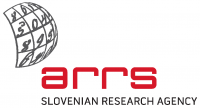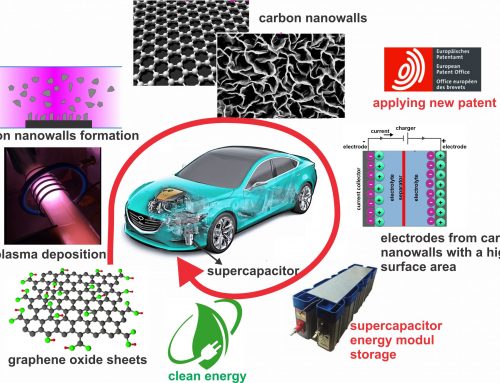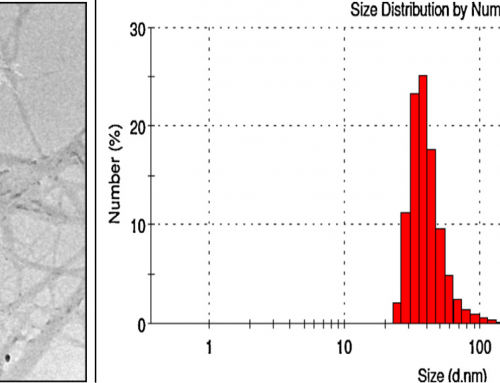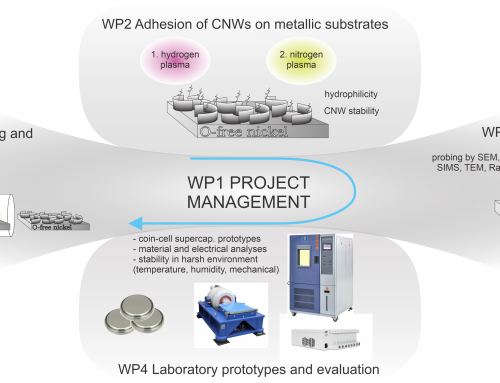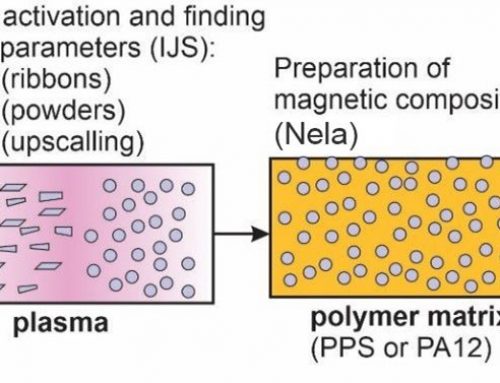Carbon nanowalls for future supercapacitors (L2-1834)
Project Leader: Prof. Dr Alenka Vesel (Jozef Stefan Institute)
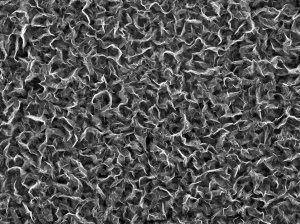
Inductively coupled radio-frequency gaseous plasma (ICP) will be used for a rapid deposition of vertically oriented graphene sheets (thereafter: carbon nanowalls). The structure will be suitable for fabrication of electrostatic double layer capacitors of superior properties. The carbon nanowalls will be deposited from precursors synthesized in-situ in a plasma reactor by interaction between reactive gaseous species created in plasma of a moderate ionization fraction typical for ICP in the H-mode. Working gas will be carbon dioxide. Radicals such as O atoms and CO molecules in excited states will interact with a graphite placed inside the reaction chamber to form metastable oxocarbon molecules of a large C/O ratio. The oxocarbon molecules will diffuse in the reaction chamber until they rich the substrate where they will decompose and provide building blocks for carbon nanowalls. The desired growth rate will be of the order of 100 nm/s what is orders of magnitude larger than in the case of the growth using a typical plasma-enhanced chemical vapour deposition (PECVD) with hydrocarbon precursors which is used nowadays. The properties of carbon nanowalls will be studied versus the discharge parameters. The goal is optimization of technology to synthesize about 5 micrometres thick layer of carbon nanowalls uniformly over the substrate area of about 100 cm2 in the time scale of about 10 s. The best deposition conditions in terms of uniformity, growth rate and properties of carbon nanowalls as well as energy efficiency will be determined experimentally. Thorough characterization of samples deposited at various conditions will enable drawing correlations between discharge parameters and deposition kinetics. Also plasma will be characterized in details what will enable drawing correlations between plasma parameters and properties of the deposited nanowalls. The samples will be further treated with mild gaseous plasma to obtain superior surface properties including the wettability which will be tailored almost arbitrary between super-hydrophobic and super-hydrophilic surface finish. Commercially interesting solutions will be protected by a patent application, while scientific aspects will be prepared as scientific papers which will be submitted to renowned multidisciplinary journals.
